- Traverse City, MI |
-
West: W Front St:
(231) 944-6541
-
| Central: Munson Ave :
(231) 421-9300

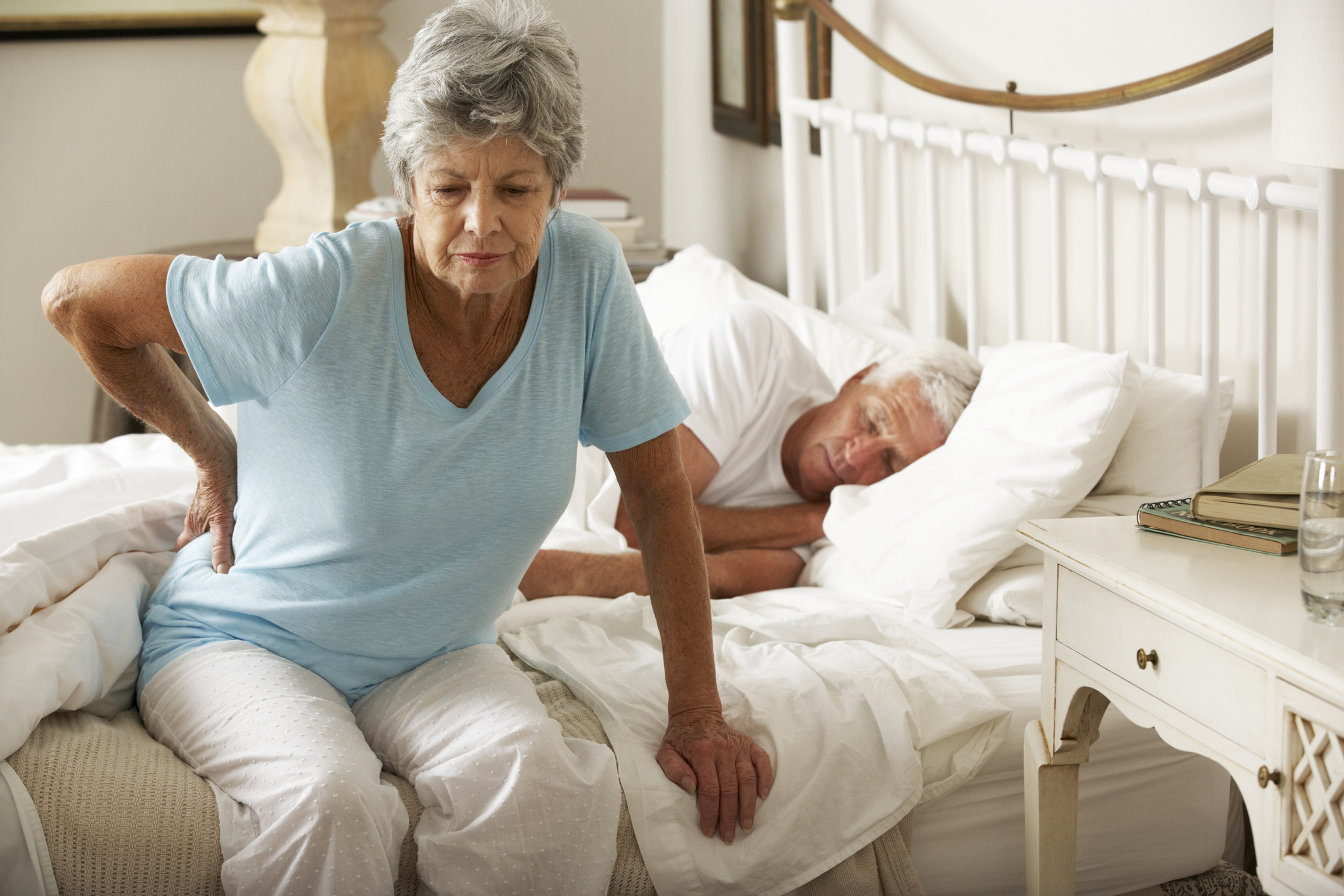
Hip pain is a general term that refers to any pain felt in the hip area or around the hip joint.
It is worth noting that pain or discomfort may not always be felt in the hip itself. In some cases, it is felt in the groin or thigh. It is usually some indication of the pain’s cause.
People experiencing this may need hip pain therapy to recover.
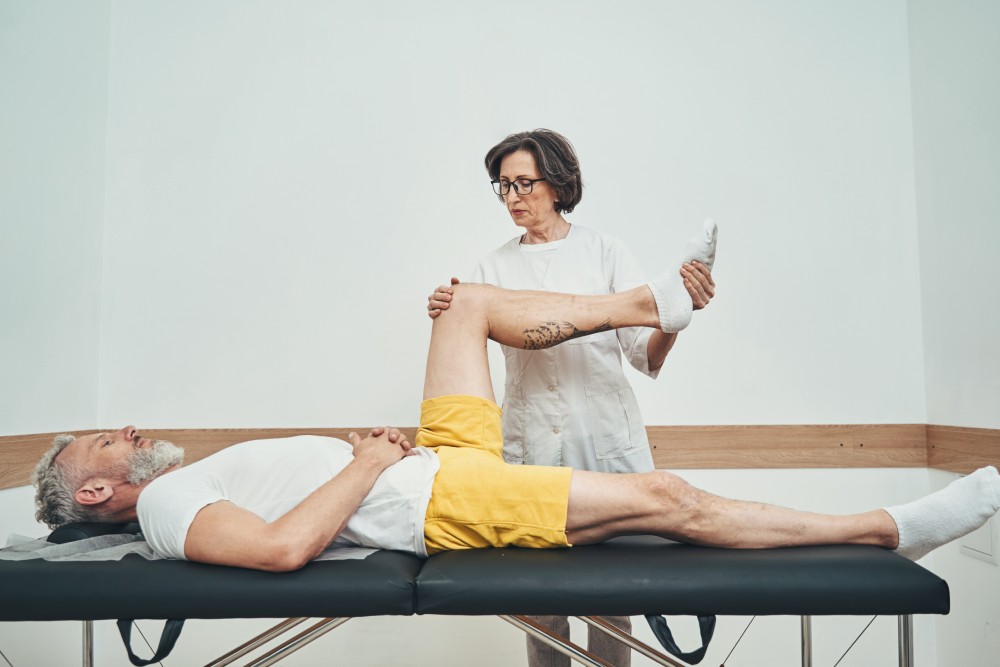
As the thick band of tissues attaching the bone to the muscles, tendons help facilitate movement. Overuse and repetitive stress can cause these tendons to be inflamed. Over-exercise is a common cause for the inflammation. This is also called tendonitis.
Although tendonitis can be very painful, in many cases, the condition subsides after a few days.
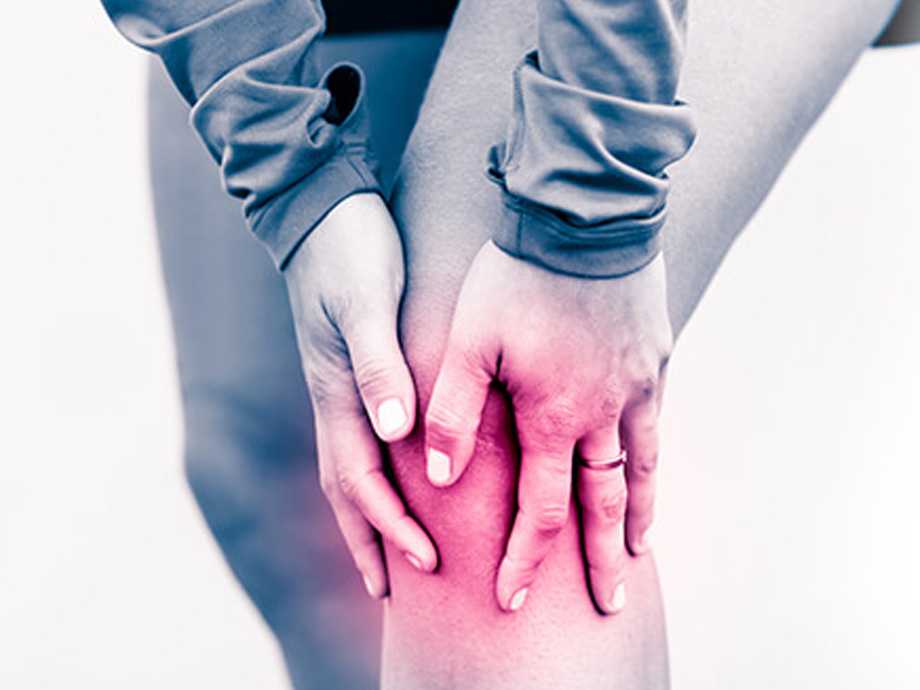
If there is long-term hip pain especially in older adults, the likely cause is arthritis. It can also cause stiffness, difficulty in walking, an overall reduction in mobility and tender joints. Arthritis can develop into inflammation of the hip joint and the breaking down of the cartilage that acts as a cushion for the hip bones.
With arthritis, the pain and reduction in mobility may get gradually worse over time.
The following are the types of arthritis that can cause hip pain:
Osteoarthritis – This is the most common arthritis type. It can be caused by aging and the wearing down of the cartilage surrounding the joints. It can also be caused by trauma to a joint or a fracture that developed into osteoarthritis.
Infectious arthritis – This is caused by an infection in the joint that eventually caused the destruction of the cartilage.
Rheumatoid arthritis – This is caused by the body’s immune system attacking the joints. Over time, this type of arthritis can destroy the joint, cartilage, and bone.

Bursa is the sac near the hip joint filled with a fluid substance. It functions as a gliding surface to reduce the friction when moving. There are several bursae in the body. They can be found near bones, muscles, and tendons. The hip has two major bursae.
Hip or trochanteric bursitis occurs when there is an inflammation of the bursa. This can happen after a hip injury or if there has been overuse of the joints. Problems with the posture of the individual can also result in this condition.

Hip fractures can be caused by injury in the region. In older adults, the more common cause for hip fractures is the weakening of the bone structure brought on by aging, osteoporosis, or other factors.
Fractures in the hip cause sudden and severe pain in the hip area. They also likely require medical attention since they can lead to complications such as a blood clot in the leg. In many cases, surgery is required to correct the fracture.
People who suffer hip fractures also need to undergo physical therapy.
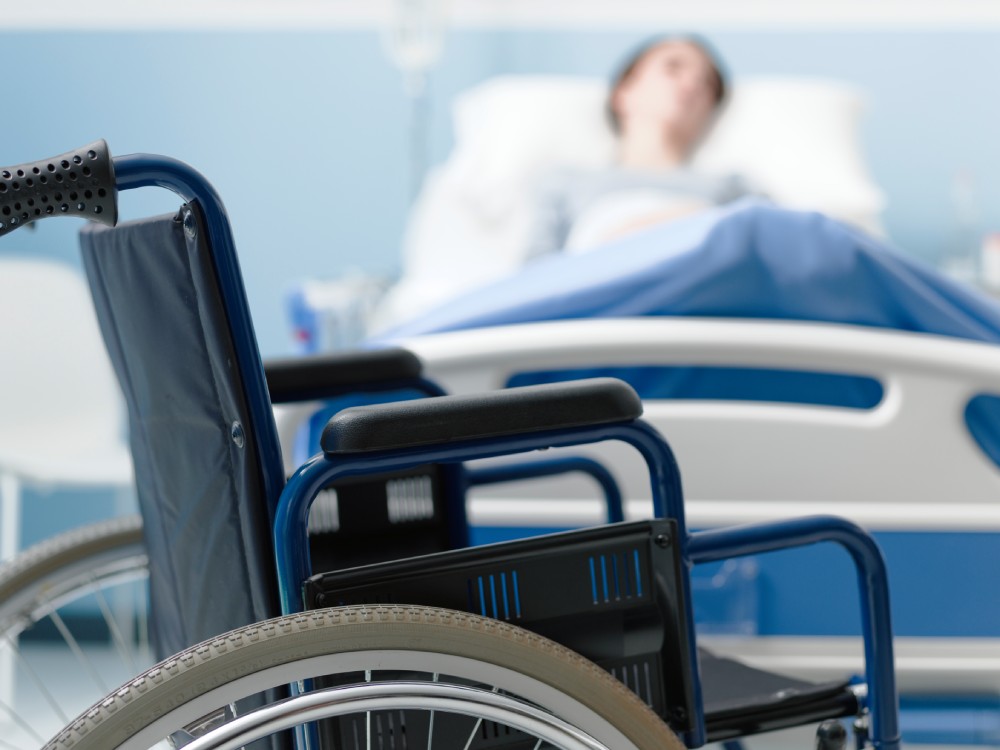
The following are less common causes of hip pain:
Snapping hip syndrome – More common in athletes and dancers, this condition is characterized by a snapping sound or sensation in the hip when mobile. Although this condition is usually painless, in some cases, the individual may feel pain or discomfort. This could also indicate a tear in the cartilage.
Osteonecrosis – Also called avascular necrosis, this condition occurs when blood does not reach the bones which can result in the loss of the supporting bone. As it progresses, the cartilage will eventually collapse. The following increase the risk of getting this condition:
Heavy steroid use
Heavy alcohol use
Injury in the joint
Certain cancer treatments

The process of diagnosing the cause of hip pain involves probing questions from the doctor, a physical examination, and imaging scans.
The doctor may ask whether the pain is worse at certain times of the day, whether the pain affects the person’s ability to walk or move, when the symptoms started, and others.
If arthritis is suspected, a series of fluid and imaging tests may be recommended. This includes testing blood, urine, and even joint fluid. Imaging tests may include x-ray, CT scan, MRI, and even ultrasound. The doctors will need to see the bone, cartilage, and other tissues present in the hip.
Learn more about healing hip pain by Clicking Here.
Treatment options for hip pain change depending on the cause of the pain. Exercise-related pain, for example, will often be treated with rest. People suffering from arthritis will typically be prescribed pain medication.
At Superior Physical Therapy Center we don’t recommend any hip pain medication, which we believe is merely a band-aid solution and not a cure to the true cause of one’s hip pain.
In cases of hip fractures, malformation of the hip, and certain injuries in the area, surgery may be recommended by a doctor.

However, these traditional solutions have been found to only work around 45% of the time. They are only usually designed to alleviate the pain experienced by the patient at the moment, leaving the underlying cause untreated.
We've got in-person, educational Workshops on a monthly basis that cover a variety of physical problems (including hip pain) and how to heal. Find out more or register by Clicking Here.

This is where our treatment options come in. At Superior Physical Therapy, we work hand-in-hand with patients to deliver long-term solutions to hip pain. This may include the following:
The most important element of healing is identifying the cause. The cause is a movement disorder somewhere else in the body that is creating more stress in the injured area than the tissue can handle. A full body movement assessment is the most important aspect in finding the true cause. This involves assessing how mobile and stable the areas above and below the injured tissues are. Once the dysfunctional areas are identified the physical therapist can then prescribe home treatments to fix the problem areas.
In order to improve motion in the dysfunctional areas that are causing the increased stress on the painful injured tissues the most effect way to make a change in the body is to have a physical therapist use their hands to facilitate the proper motion while you are moving at the same time. This helps improve the path the body takes in order to reduce stress and tenson on the injured area.

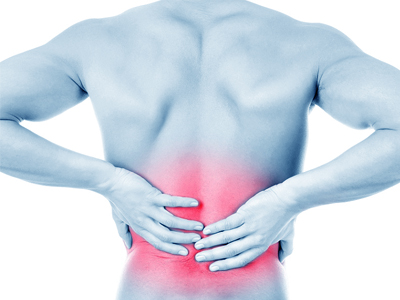
This treatment option uses mechanical vibrations that penetrate deep into the muscle tissue. These vibrations stimulate proprioceptive functions that improve circulation, increase lymphatic flow, and facilitate tissue regeneration.
These vibrations also increase muscle metabolism and improve the lactic acid cycle, which addresses one of the most common causes of pain.
Find out which of these treatment options are most applicable for your condition with a quick and easy 15-min discovery call with Dr. Andrew Gorecki.
Dr. Andrew has dedicated the past 15 years to helping patients find lasting relief from pain, pressure, and persistent trauma they may be experiencing daily with what he has coined “The Superior Method” – a proven path to pain relief without prescriptions, surgery, or solutions that break the bank.
To learn more about the Superior Method and how you can get lasting relief from your hip pain, simply dial 231.944.6541 or email us at info@thesuperiortherapy.com and book your complimentary consultation.
